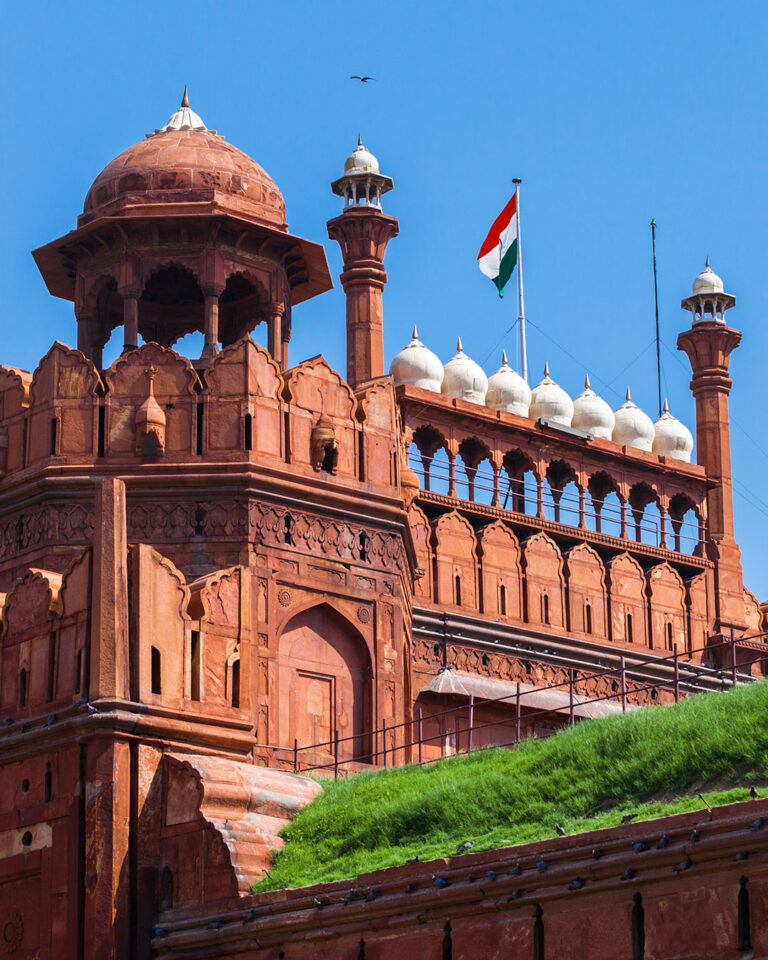INDIA PEO & EOR
Hire in India without a local entity today
As a Global PEO & EOR service provider, we pride ourselves on our global reach, in-country knowledge, and ability to swiftly and efficiently mobilize workers around the world. Our robust PEO/EOR covers everything from global HR, payroll, compliance, in-country support, immigration, visas, and more.
Get started and hire in India today with Gibson Watts Global.
DID YOU KNOW
- Cows are considered sacred in India. Protected by the Constitution, cows have freedom to roam the busy streets of India, and mistreatment of them is criminalized.
- Diamond mining originated in India, and the nation was the world’s only source of diamonds for 1,000 years in the 4th century BC.
- With its extremely diverse population, it may come as no surprise that India has over 22 recognized languages. India also holds the 2nd largest population of English speakers (after the United States).
Forget software,
this is expansion
with a human touch
India PEO Services
A thriving economy with solid technological infrastructure
India is now recognized as one of the leading economic forces in the world. A sizeable chunk of the young population, comprehensive tax system, cheap labor, and low operational cost are some of the major factors that make India one of the preferred places for businesses and expatriates to work in the global market. In addition, other factors including business-friendly regulations, talented minds, and vast international trade also play their parts.
In 2021, India climbed 79 positions in the World Bank’s ease of doing business rankings, from 142 to 63. Moreover, with a 14 percent stake, the country ranked second among the top 15 developing economies’ commercial service exporters in 2020. According to the World Economic League (WEL), India, which currently has the 6th largest GDP in the world, is projected to beat all European powers to become the world’s 3rd largest economy by 2031.
Along with a thriving economy, the country has a solid technological infrastructure too. The government’s Digital India initiative, combined with growing internet penetration, has boosted the country’s digital population to 624 million by February 2021. Moreover, the vast consumer market, talented young minds, employee protection laws, and mature financial system all contribute to India being an ideal place for business and work.
Working in India
Employment Information
Working in India means being a part of one of the world’s most dynamic and diversified economies. With over 522 million people estimated to be employed across India in 2022, the country has the world’s second-largest young workforce, following China. India’s major sectors are pharmaceuticals, software & IT services, FMCG, chemicals and petrochemicals, automobiles and auto components, construction and engineering, and financial services.
Several rules and regulations enacted by both the federal and state governments safeguard Indian employees. These regulations not only govern labor and employment but also provide employees with adequate insurance.
The Indian Government has unified over 29 central laws and related State Laws into 4 principal labor codes in 2022-21 to simplify, modernize, and reshape the current regime and improve the ease of doing business in India. The reform also intends to make it easier for workers to get job stability, respect, health care, and other benefits.
- Workers are eligible for additional benefits from their employers, for overtime for working more than 8 hours on any day or 48 hours in any week.
- Registered companies in India provide paid annual leaves, sick leaves, maternity leaves, and paternity leaves to their employees.
- Based on policy, employers are required to carry forward the unused Earned leaves of their respective employees to the next working year, which employees can utilize as per their needs.
- Under the Maternity Benefit Act 1961, employees are entitled to 26 weeks of maternity leave and 8 weeks of prenatal leave.
- Employees in India also have access to group health insurance. The plans provide medical bill reimbursement, annual health check-ups, in-home hospitalization, and other services.
- The group health insurance usually covers their spouses, children, and dependent parents.
- The Sexual Harassment of Women at Workplace (Prevention, Prohibition, and Redressal) Act, 2013, is an Indian legislative act designed to protect women from sexual harassment at work.
Along with these mandatory employee benefits, organizations offer their employees a range of optional employee benefits, such as wellness programs, subsidized meals, free transportation, no-interest loans, and more.
Taxation
In India, a salaried individual is subjected to various aspects of the tax system, such as withholding tax, exemptions, and allowances.
- In India, payroll is taxed based on income slabs. There are seven major income brackets, as listed below:
- Up to INR 2,50,000 – No tax
- Between INR 2,50,000 – INR 5,00,000– 5% of taxable income
- Between INR 5,00,000 – INR 7,50,000– 10% of taxable income
- Between INR 7,50,000 – INR 10,00,000– 15% of taxable income
- Between INR 10,00,000 – INR 12,50,000– 20% of taxable income
- Between INR 12,50,000 – INR 15,00,000– 25% of taxable income
- Above INR 15,00,000 – 30% of taxable income
- In addition to income slabs, the following laws and legislation govern taxation in India:
- Minimum Wages Act, 1948
- Employee’s State Insurance (ESI) Act, 1948
- Employee Provident Fund Organization (EPFO), 1952
- Payment of the Gratuity Act, 1972
Visas
Like any other country, India has its own system for issuing visas that allow foreign employees to live and work in the country.
- Employment Visas, also known as E Visas, are only available to employees of Indian-registered companies.
- The Indian embassy or consulate may issue a one-year Work Visa to a foreign employee irrespective of the duration of the contract or the employment terms.
- If a foreign employee’s visa expires, they can apply for a visa extension through the FRRO/MHA in the relevant state. A maximum extension of 5 years can be granted.
- Foreign skilled employees working in the IT or ITES industries can be issued multiple-entry Employment Visas for up to three years or the duration of the contract/assignment.
- A foreign visitor to India with a visa valid for less than 180 days is not required to register with the FRRO/FRO.
- Foreign visitors with employment visas valid for more than 180 days in India are required to register with their local FRRO/FRO within 14 days of arrival.
Along with these basic terms for the Indian Employee Visa, foreign employees must meet several other terms and conditions.
Businesses who are looking to expand into the Indian market without a local entity in the country should consider an India PEO. Gibson Watts Global regularly offer this service to support expanding organizations.
Cultural Information
India is one of the world’s most ethnically diverse countries, with multiple dialects, faiths, music, dance, delicacies, and architecture that vary from state to state and region to region. The country, which is home to over 1.3 billion people, is divided into 29 states and 7 union territories, each with its own culture, language, dress, food, fashion, religion, architecture, geography, custom & tradition, festivals, literature, and more.
India has a diverse & rich linguistic landscape, with 22 major languages and hundreds more regional or local languages. Most Indians are bilingual or multilingual, speaking an official language as well as their regional tongue. English is regarded as a secondary official language that is commonly reserved for governmental and commercial purposes. People who do not speak the first or native language usually communicate in Hindi or English.



